Boot manufacturer transforms into Edinburgh print-making studio
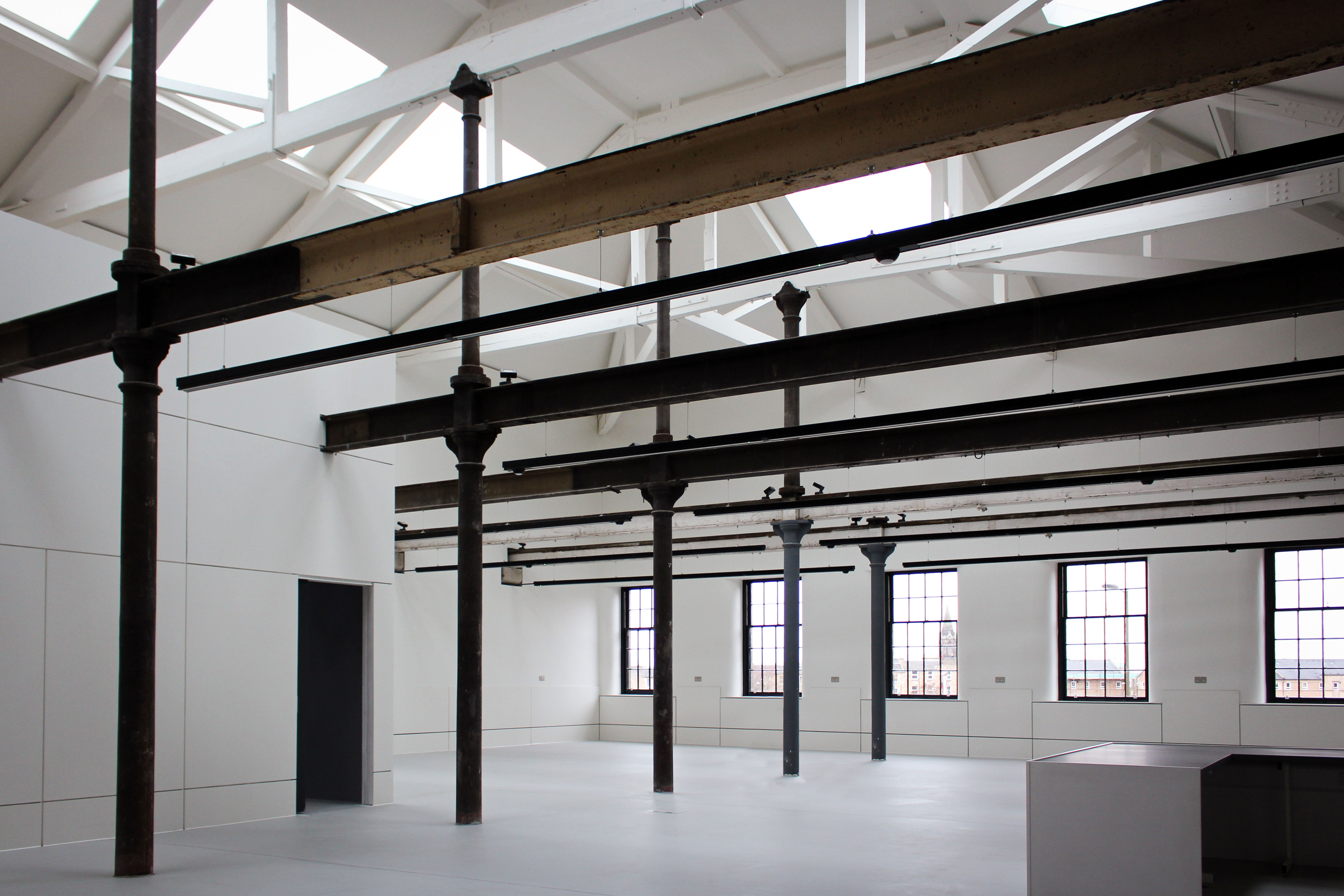
A derelict industrial building in the Scottish capital has been redeveloped by Page \ Park architects for the newly expanded print-making studio Edinburgh Printmakers. From repurposed materials, exposed structures and considered interventions, the design finds a balance between preservation, adaptation and new ideas – all preparing the institution for a whole new chapter of creativity and production.
As the only surviving structure of the 19th-century Castle Mills industrial complex, the building has a fascinating history that was worth celebrating. It was once the headquarters of the North British Rubber Company (NBRC) – known as the birthplace of the Hunter welly boot, where over three thousand people were employed at its height and mills worked around the clock to supply rubber boots for the army during the First World War.
In an act of respect, the architects used the vast original building as a template from which to build on – carefully extending and creating within it new spaces for two galleries, a shop, café, education space, staff offices, environmentally controlled archives and eight creative industries units – as well as a large print studio that forms the core of the Edinburgh Printmakers activity.

In fact, many parts were left as untouched as possible – the print-making studio takes pride of place in the triple-height former joinery workshop of the NBRC where the original muscular cast iron structure and timber trusses have been exposed, and historic joist pockets and traces of paint have been retained.
Materials found on site were repurposed or redesigned – old glazed bricks discovered in the basement now serve as the café servery counter, and tables have been built of salvaged timber doors. In these details, history comes to life again.
A series of subtle adaptations follow the spirit of the industrial design, yet dramatically improve the building for its new function. The addition of a new central courtyard brings people together at the heart of the design, while a new circulation strategy helps people to navigate, allowing them to explore the whole structure.

Meanwhile some ‘precise interventions’ were also necessary, and symbolic, for the Edinburgh Printmakers’ new chapter – and to mark the start of a new life for the NBRC building. The entrance, for example, needed a bold new design to attract people in, revealing the café and shop to the street.
No public institution is complete these days without a tantalising art commission. Here, Page \ Park worked in collaboration with visual artist Calum Colvin to design the ‘EPscope’ – a synthesis of a periscope and kaleidoscope made up of images of products made by the rubber company that create a collision of patterns across the space.
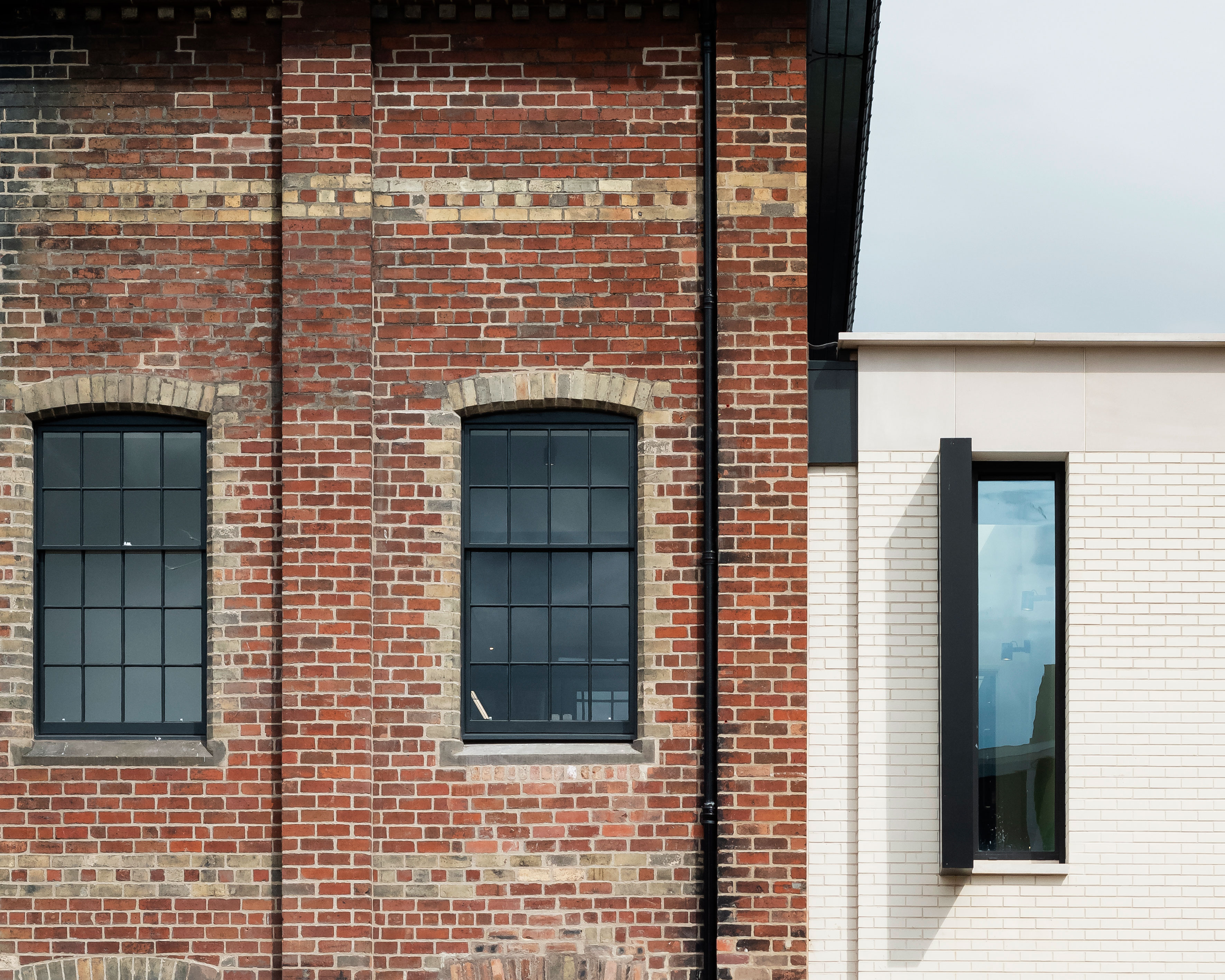
The old building has been cleaned up, and a new extension added.
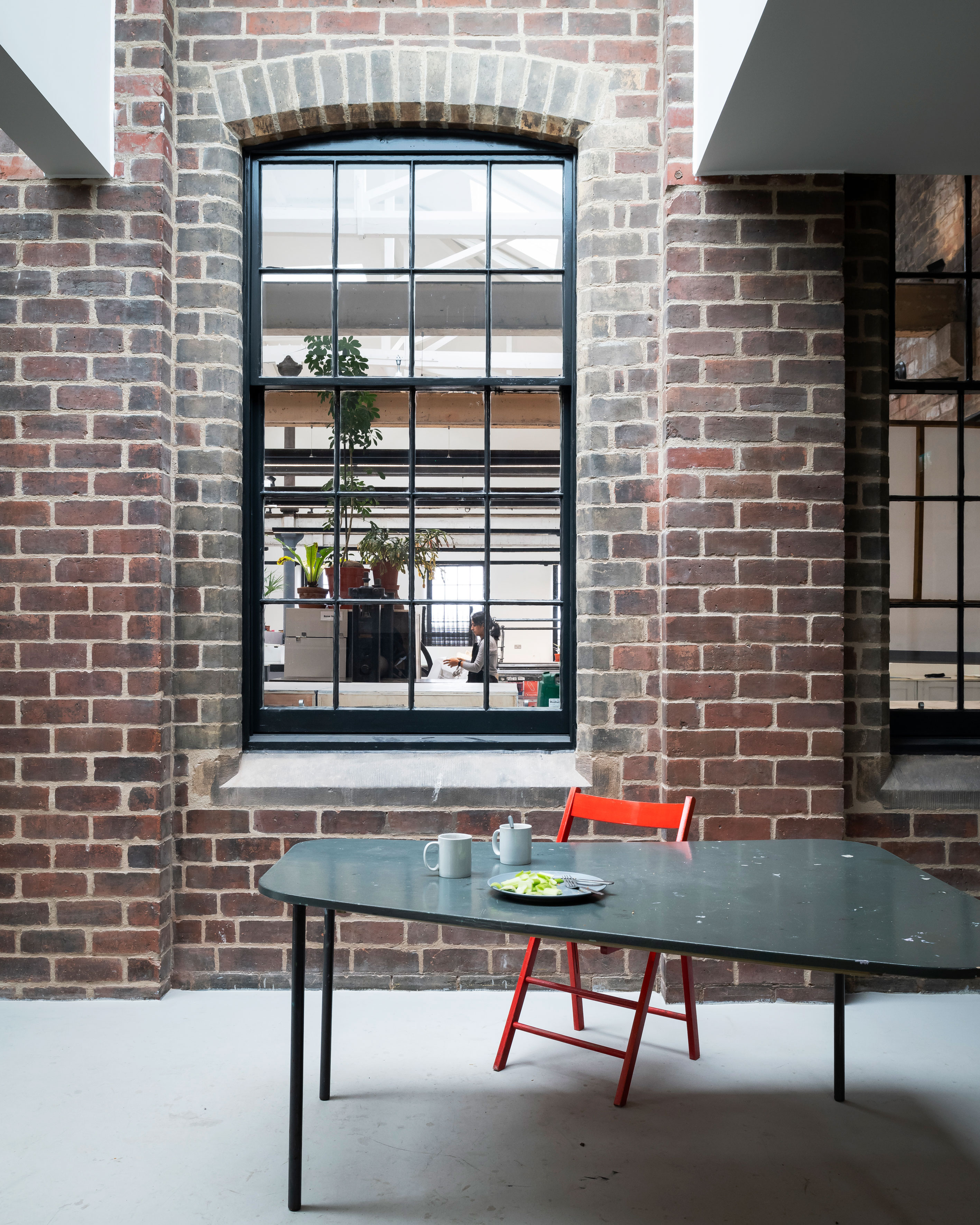
The kitchen for the print-making studio workers
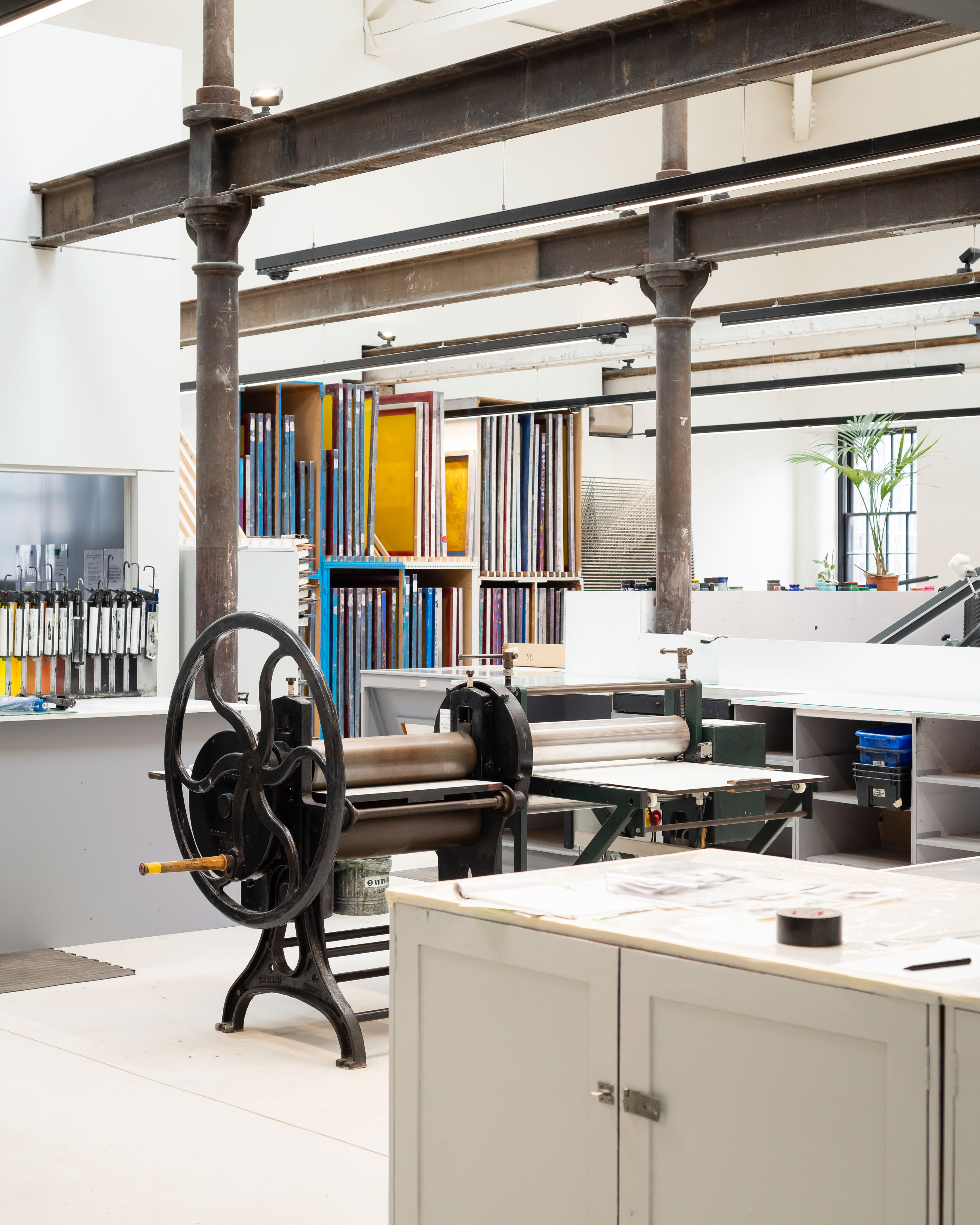
The print studio
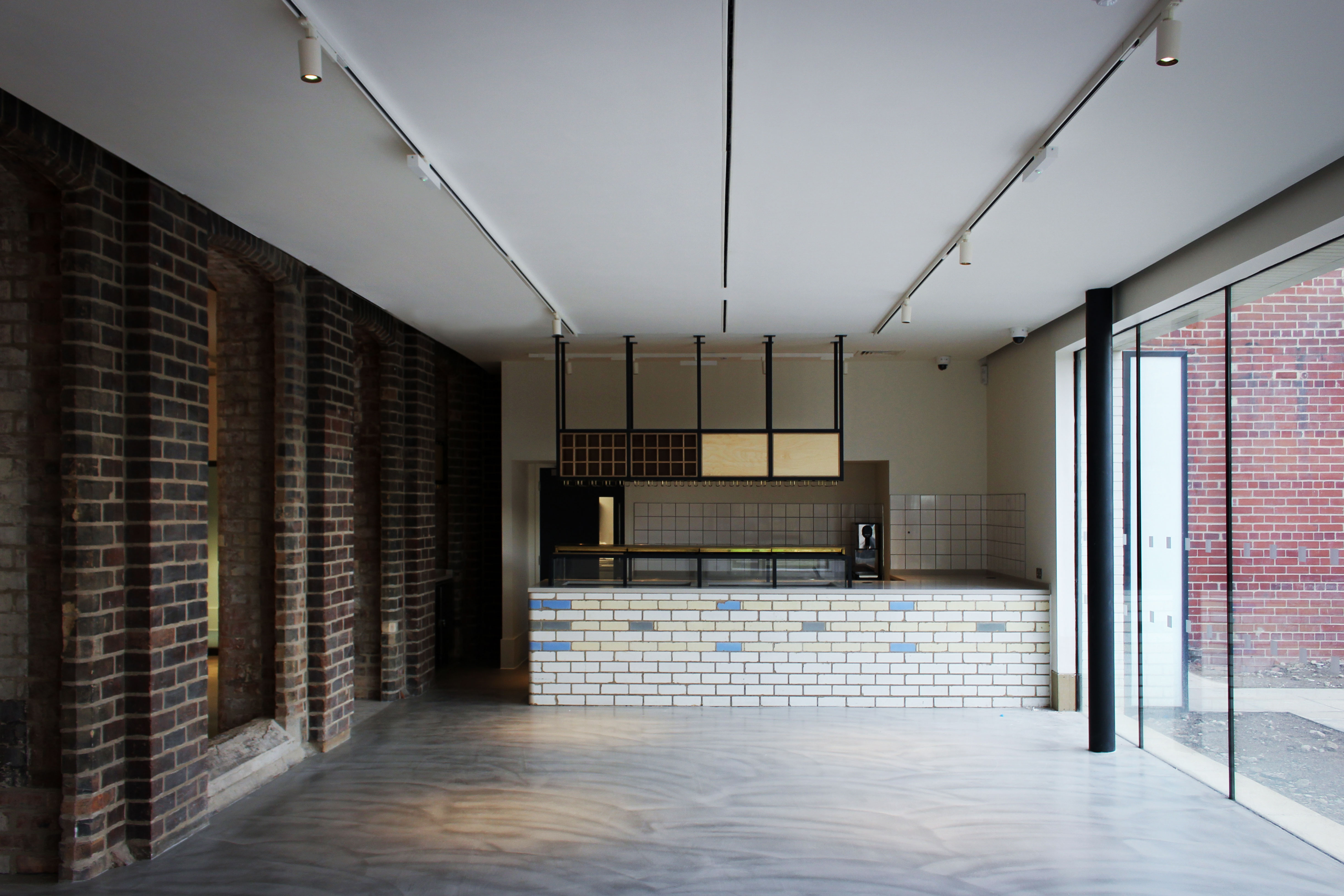
The cafe with salvaged brick servery

Detail of the stairs with new and old materials
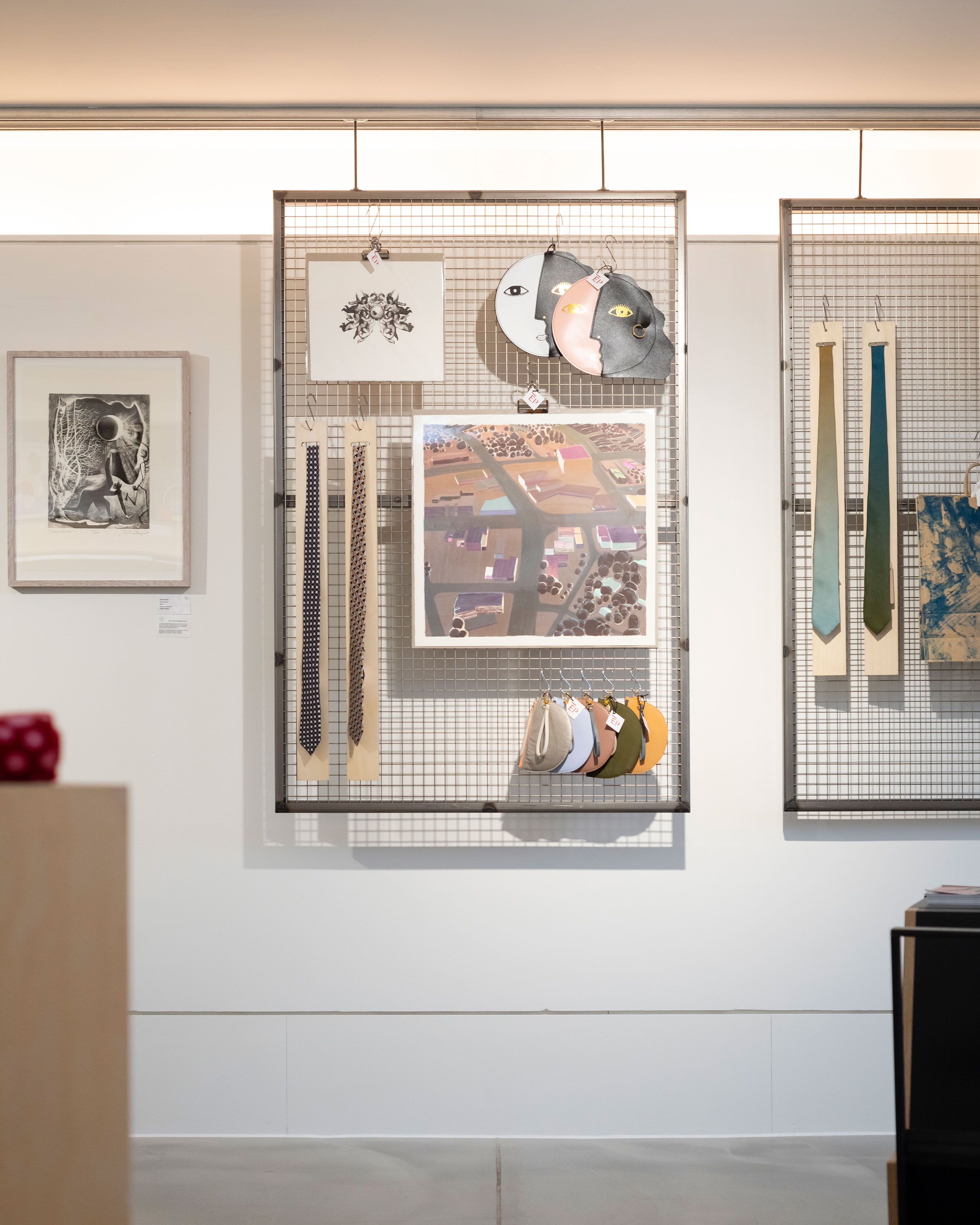
The shop display

The shop display
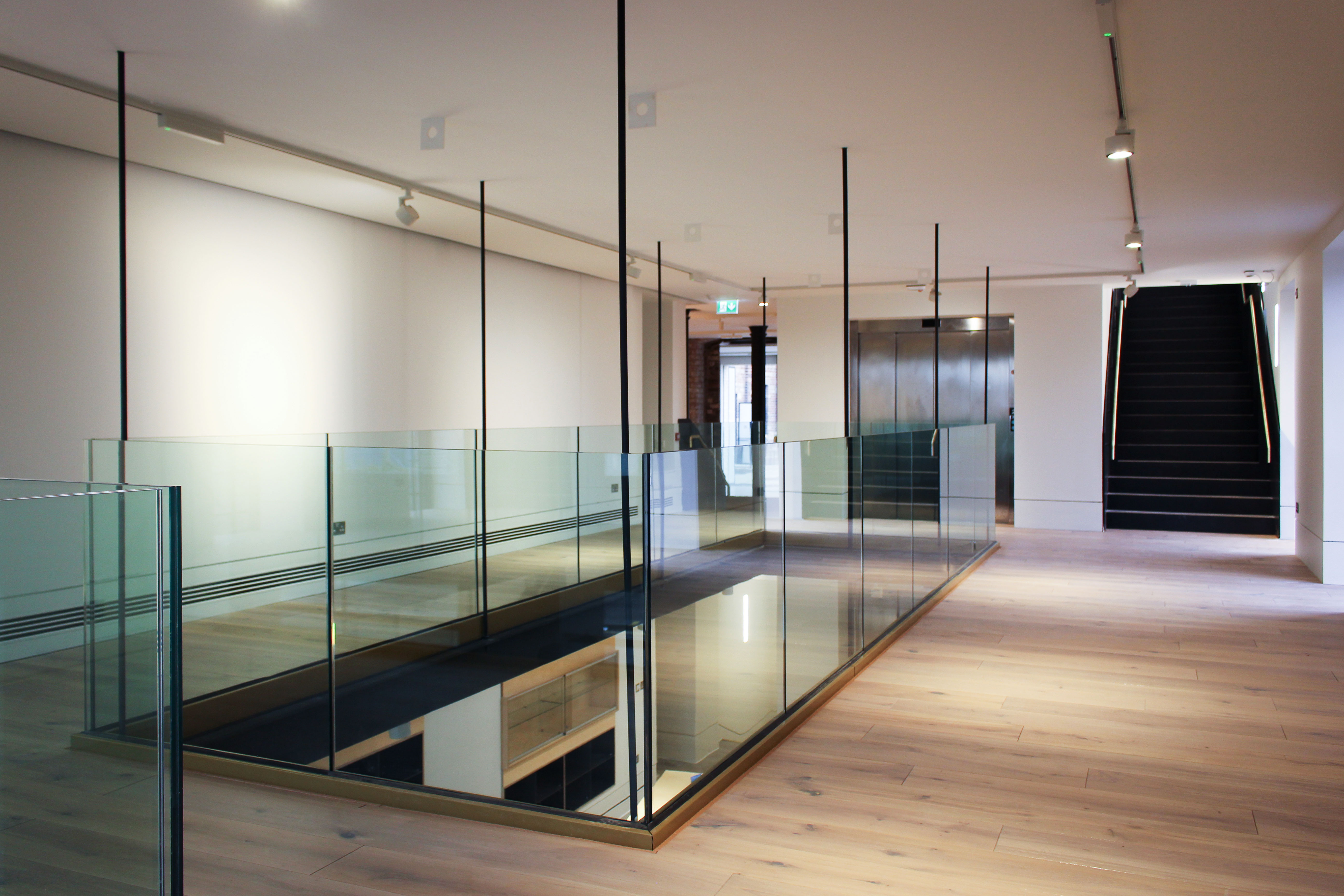
The gallery
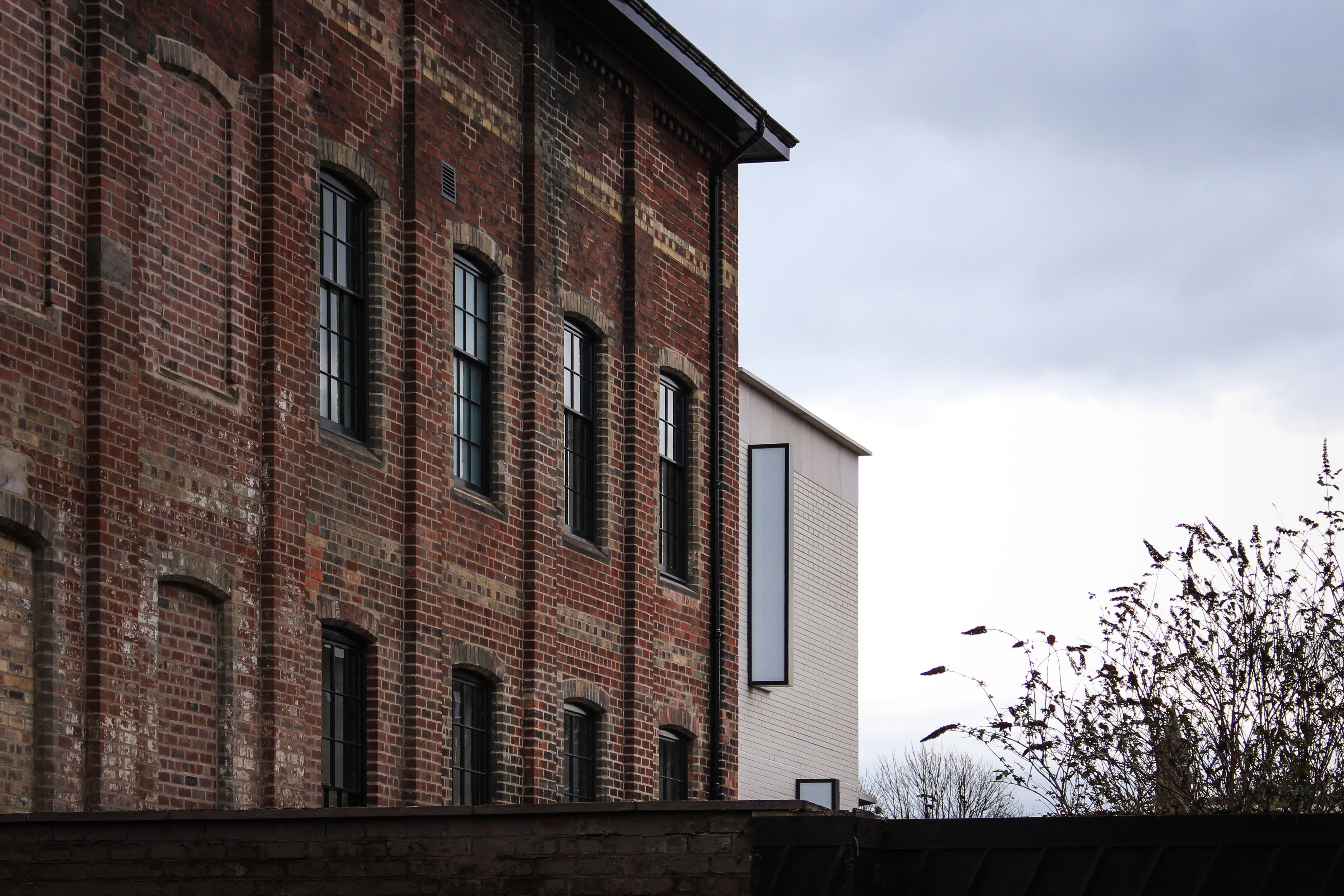
Exterior of the building with the extension.
INFORMATION
For more information, visit the Page / Park website
Receive our daily digest of inspiration, escapism and design stories from around the world direct to your inbox.
Harriet Thorpe is a writer, journalist and editor covering architecture, design and culture, with particular interest in sustainability, 20th-century architecture and community. After studying History of Art at the School of Oriental and African Studies (SOAS) and Journalism at City University in London, she developed her interest in architecture working at Wallpaper* magazine and today contributes to Wallpaper*, The World of Interiors and Icon magazine, amongst other titles. She is author of The Sustainable City (2022, Hoxton Mini Press), a book about sustainable architecture in London, and the Modern Cambridge Map (2023, Blue Crow Media), a map of 20th-century architecture in Cambridge, the city where she grew up.
-
 The White House faced the wrecking ball. Are these federal buildings next?
The White House faced the wrecking ball. Are these federal buildings next?Architects and preservationists weigh in on five buildings to watch in 2026, from brutalist icons to the 'Sistine Chapel' of New Deal art
-
 Georgia Kemball's jewellery has Dover Street Market's stamp of approval: discover it here
Georgia Kemball's jewellery has Dover Street Market's stamp of approval: discover it hereSelf-taught jeweller Georgia Kemball is inspired by fairytales for her whimsical jewellery
-
 The best way to see Mount Fuji? Book a stay here
The best way to see Mount Fuji? Book a stay hereAt the western foothills of Mount Fuji, Gora Kadan’s second property translates imperial heritage into a deeply immersive, design-led retreat
-
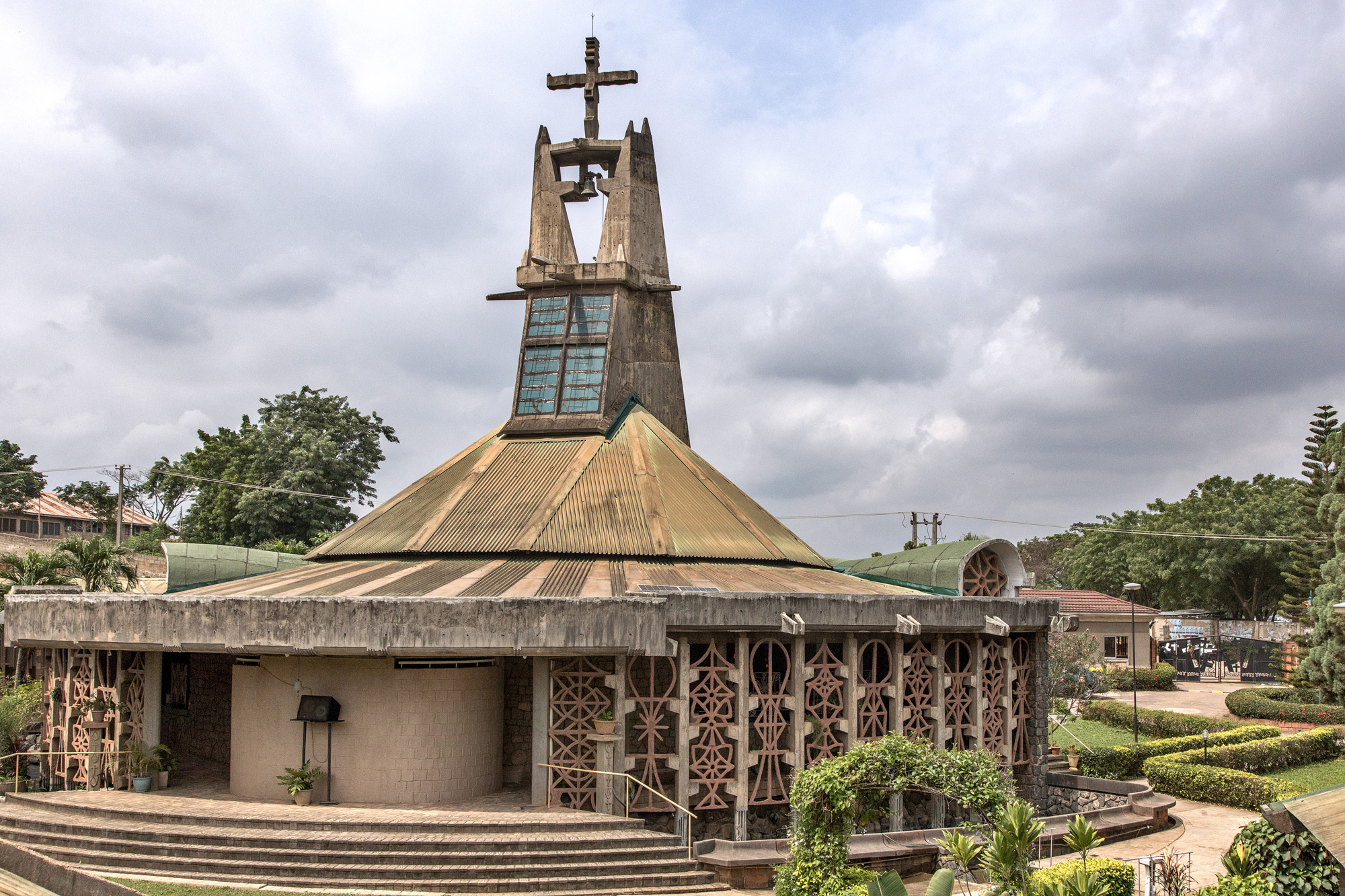 The pioneering architecture of Nigerian artist-designer Demas Nwoko
The pioneering architecture of Nigerian artist-designer Demas NwokoThe work of pioneering Nigerian artist-designer Demas Nwoko has stood the test of time; as he is awarded the Golden Lion for Lifetime Achievement at the Biennale Architettura 2023
-
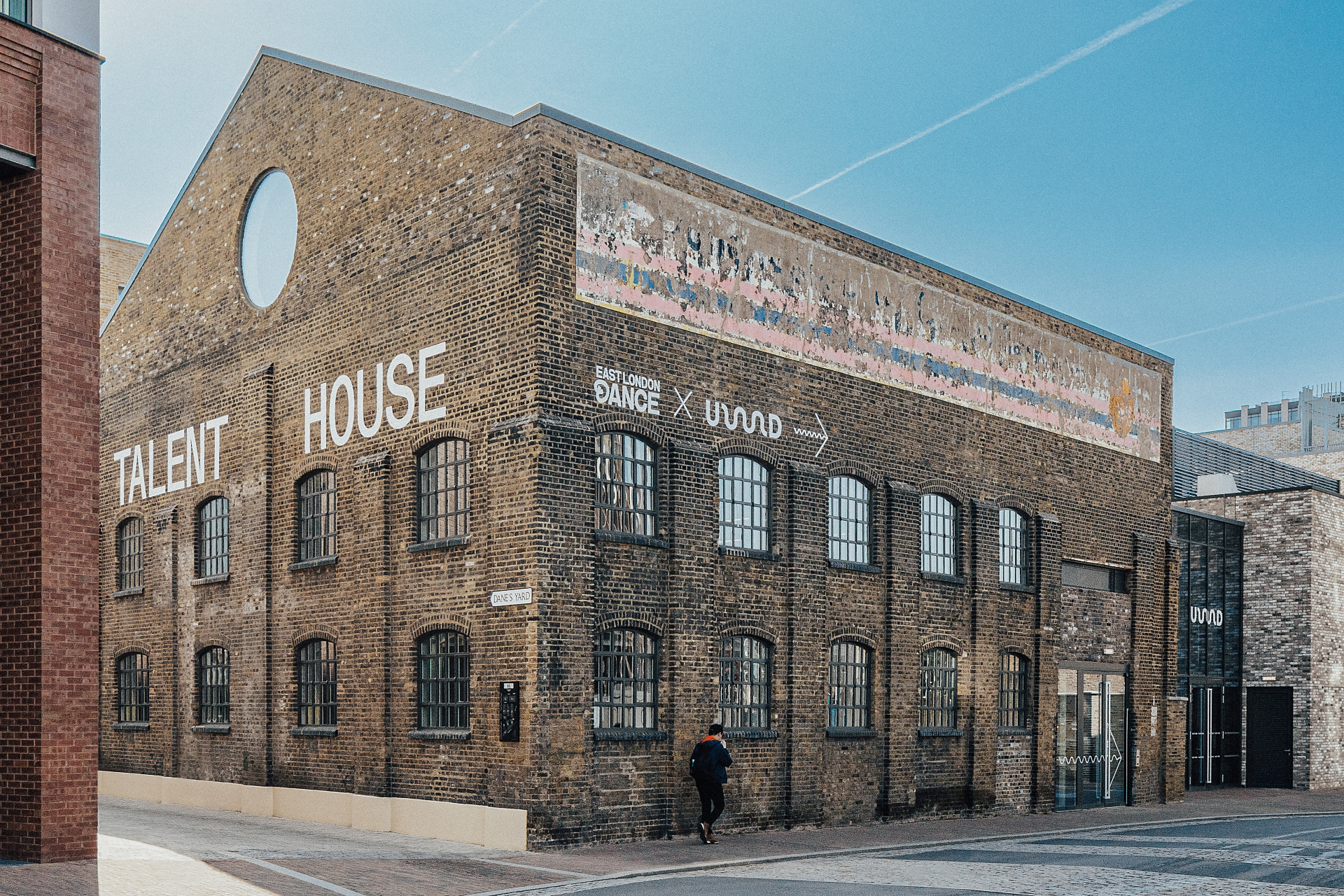 Talent House opens in east London to nurture diverse talent in the arts
Talent House opens in east London to nurture diverse talent in the artsThe Talent House is an enclave for London’s future arts talent
-
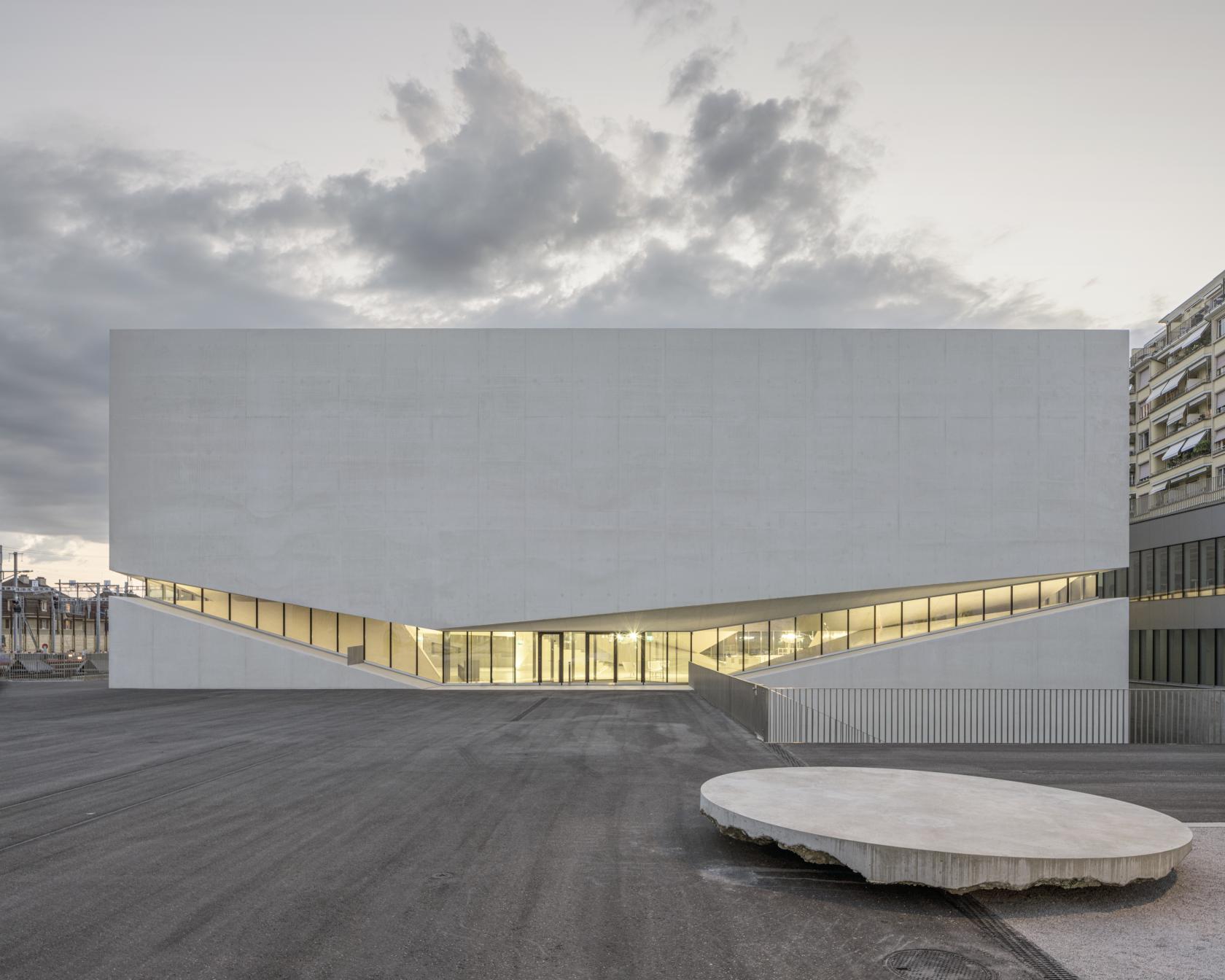 Twin cultural destination Photo Elysée and Mudac completed in Lausanne
Twin cultural destination Photo Elysée and Mudac completed in LausanneArchitecture studio Aires Mateus completes its building to house Photo Elysée and Mudac in Lausanne, Switzerland
-
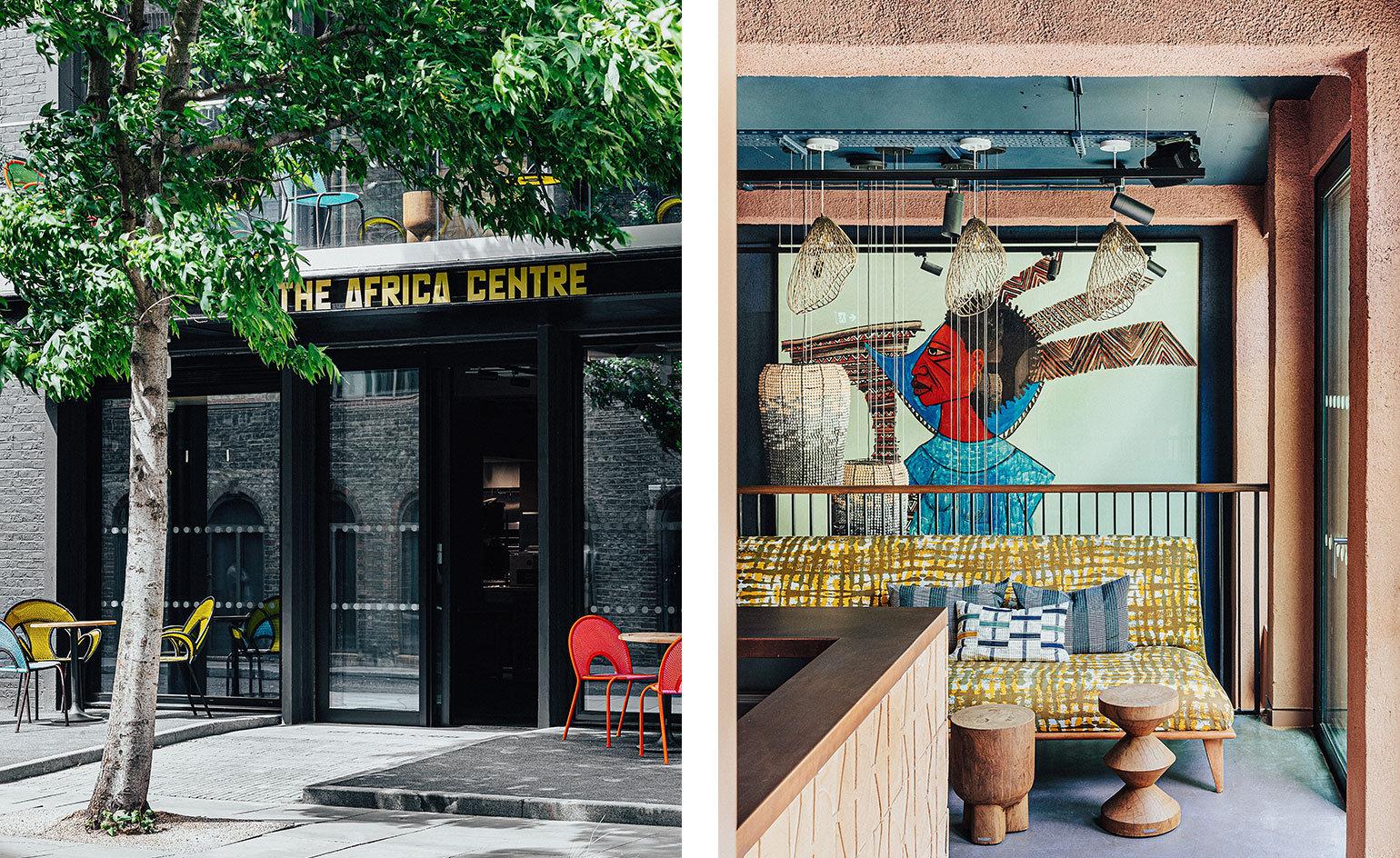 The Africa Centre reopens to celebrate culture and community
The Africa Centre reopens to celebrate culture and communityThe Africa Centre has reopened to a design by London-based architecture studio Freehaus, and is ready to support community and cultural exchange from its new Southwark home
-
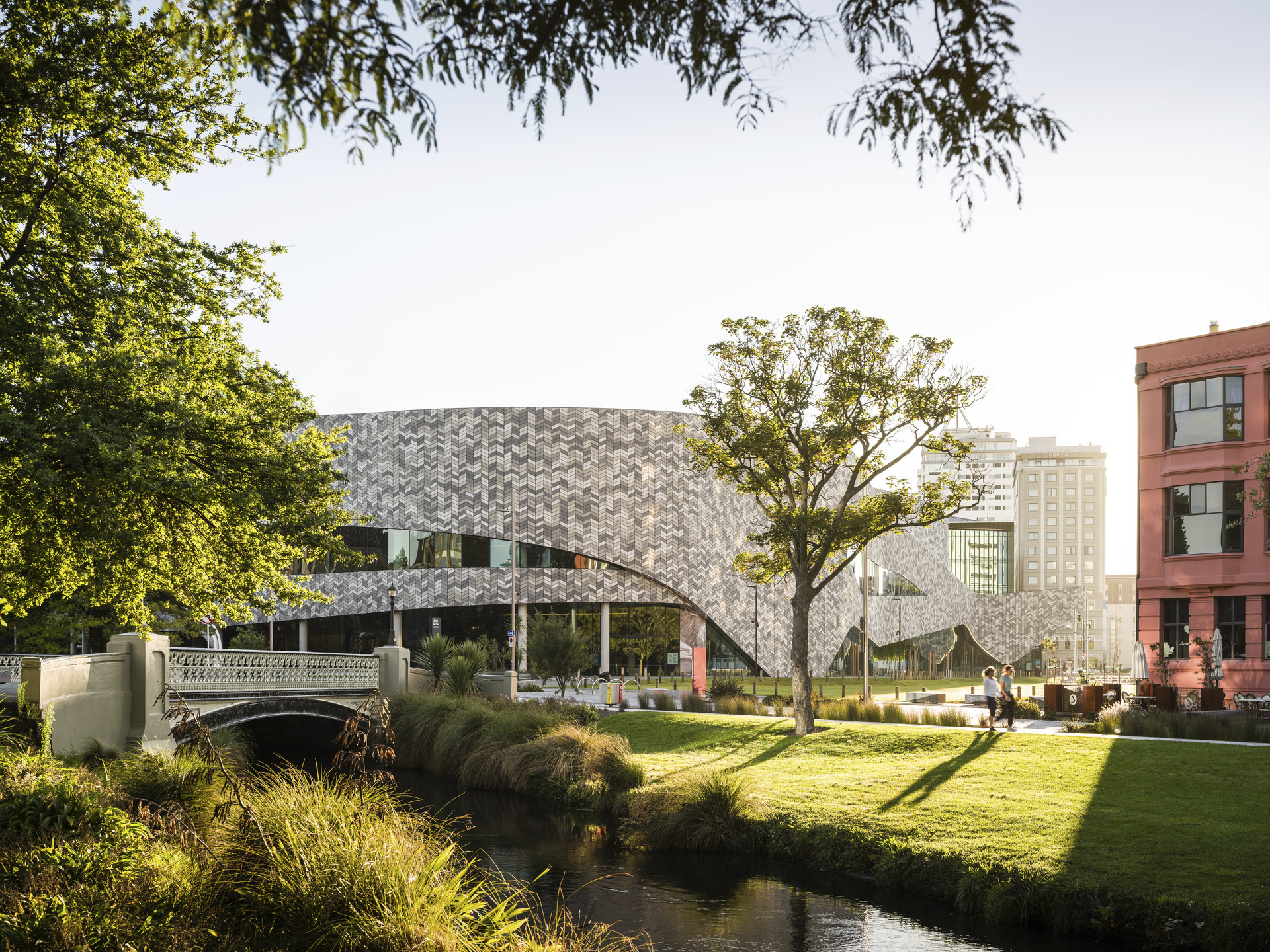 Christchurch’s Te Pae centre reopens celebrating all New Zealanders
Christchurch’s Te Pae centre reopens celebrating all New ZealandersChristchurch's Te Pae Convention and Exhibition Centre opens its doors again thanks to architects Woods Bagot and Warren & Mahoney, and arts, culture and heritage advocate Puamiria Parata-Goodall
-
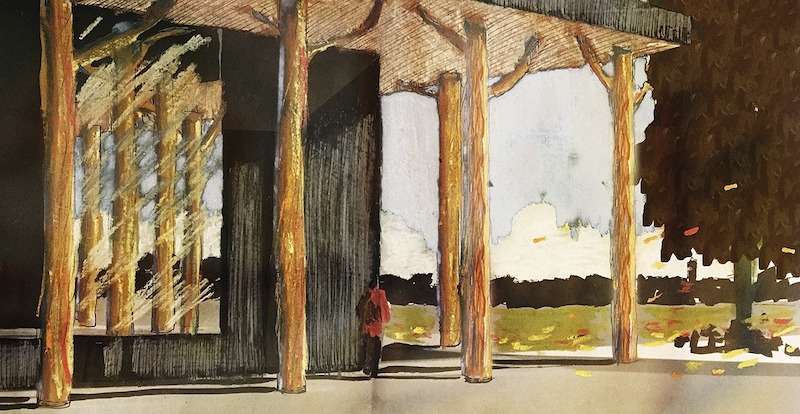 Helsinki’s Pikku-Finlandia temporary event space is a student project come to life
Helsinki’s Pikku-Finlandia temporary event space is a student project come to lifePikku-Finlandia, a sustainable, temporary wood event space, has opened to the public in Helsinki – and it’s born of the ambitious thesis of two students, Jaakko Torvinen and Elli Wendelin, featured in Wallpaper’s 2022 Graduate Directory
-
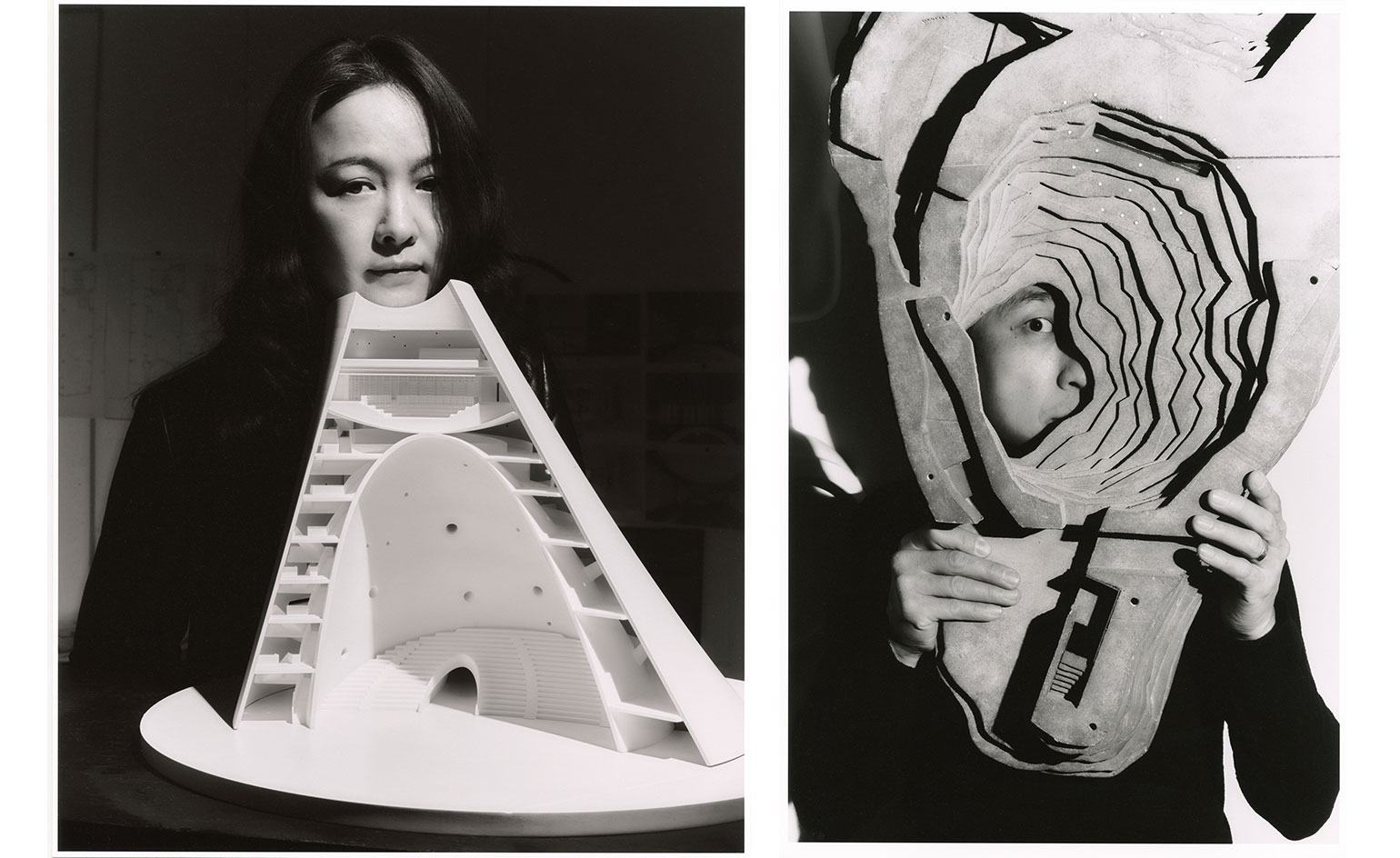 Open architecture on building and China’s cultural landscape
Open architecture on building and China’s cultural landscapeOpen Architecture’s perfectly considered projects either disappear into the landscape or become new landmarks
-
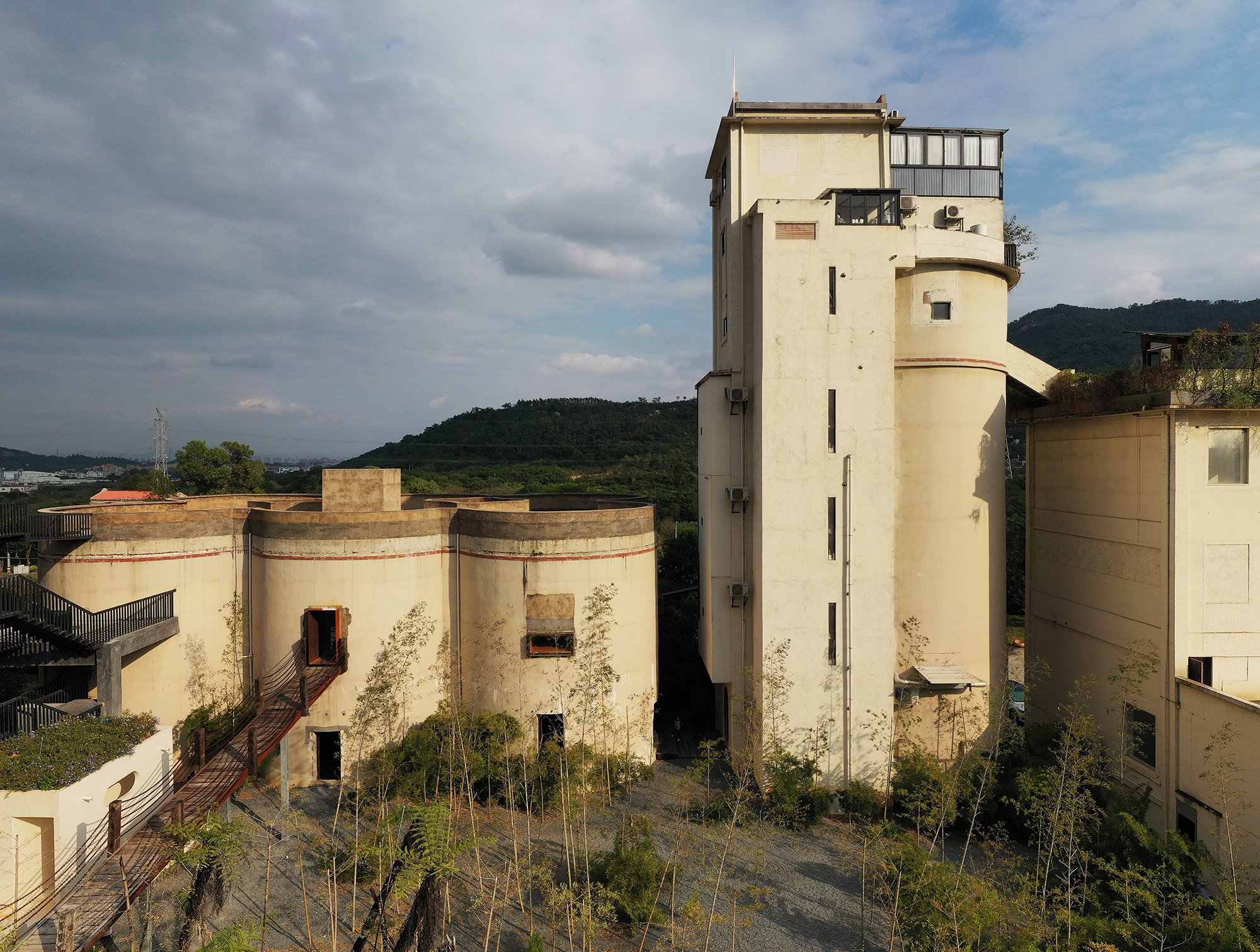 A Chinese industrial building transformation makes for a minimalist live/work space
A Chinese industrial building transformation makes for a minimalist live/work spaceThe renovation of an abandoned cement factory on the southeastern coast of China by designer Wanmu Shazi resulted in a minimalist and calming live/work space